Advertisement
New research reverses view that it is contraindicated
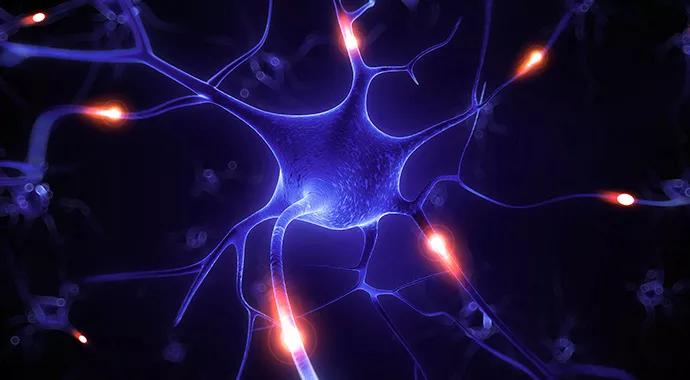
Advertisement
Cleveland Clinic is a non-profit academic medical center. Advertising on our site helps support our mission. We do not endorse non-Cleveland Clinic products or services. Policy
Cleveland Clinic Physical Medicine and Rehabilitation researchers, notably Director of Rehabilitation Research Vernon Lin, MD, PhD, were early adopters of transcranial magnetic stimulation (TMS) technology for neuromodulation. Dr. Lin’s initial TMS research took place at the Veterans Administration Long Beach and Palo Alto healthcare systems1-3 and has continued at Cleveland Clinic, where he has collaborated with Neurological Institute colleagues, including this author.
Due to its ability to noninvasively modulate brain functions, TMS shows significant potential for treating neurological and psychiatric disorders, including intractable epilepsy.
Approximately 30 percent of epilepsy patients have medically refractory epilepsy, meaning anti-epileptic drugs are ineffective. These patients need nonsurgical treatment options.
Studies in healthy populations at rest have shown that low-frequency (≤ 1 Hz) repeated stimulation (rTMS) can depress cortical excitability. However, higher-frequency rTMS (> 1 Hz) is capable of the opposite effect, augmenting cortical excitability and inducing seizures.
These dual, frequency-dependent anti- and pro-convulsive properties of rTMS must be characterized to assess whether the technology is a viable treatment alternative for epileptic patients and to guide its use.
Our group of researchers from Cleveland Clinic’s Department of Neurosciences, the Epilepsy Center and the Department of Physical Medicine and Rehabilitation tested rTMS at various frequencies in a rat model in which cortical injections of penicillin induced seizures. We examined the effect of rTMS at 1, 5 and 10 Hz on seizure activities.
Advertisement
Our results4 challenge the prevailing understanding that lower rTMS frequencies do not necessarily translate to stronger inhibitive effects. Our results showed that 5 Hz rTMS consistently outperformed 1 Hz rTMS in seizure suppression. Furthermore, our results are the first to indicate that other brain areas instead of the seizure-induction loci ‒ specifically the contralateral motor cortex ‒ can be used as a target to inhibit seizure development.
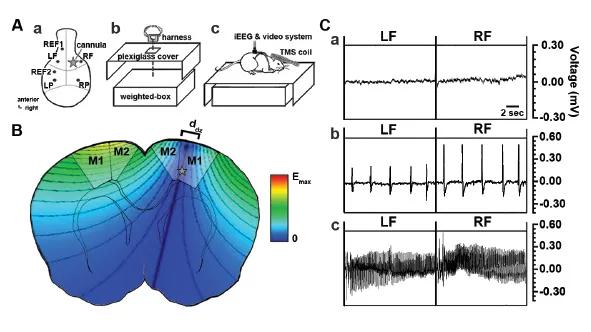
Figure 1. iEEG recording of rTMS aftereffects on seizures. (Aa) EEG electrodes inserted at four target areas. (Ab, Ac) Rat restrained; electrodes connected; TMS coils positioned parallel to dorsum of head. (B) rTMS-induced electric field in rat brain. (C) Compared to saline-injected rats (Ca), iEEG reveals that penicillin induced seizures were a combination of myoclonic (Cb) and GTC (Cc) seizures. Reprinted from Lin CY, Li K, Franic L, et al. Frequency-dependent Effects of contralateral rTMS on penicillin-induced seizures. Brain Res. 2014 Jun 14. © 2014 with permission from Elsevier.
rTMS uses electromagnetic induction to deliver pulsed intracranial electrical current, creating a focal electric field (E-field) in the brain region below the coil. This E-field depolarizes membrane potential and activates neurons, producing a sustained change (rTMS aftereffects) in cortical excitability that may persist for weeks after the stimulation.
The mechanisms underlying rTMS treatment effects in epilepsy are not fully understood. Coherence in brain activity requires integration of multimodal neuronal networks and regulation of interhemisphere competition and inhibition. rTMS has been found to both inhibit and facilitate various experimental and clinical seizures, depending on the parameters used.
Advertisement
To test this premise, we injected penicillin into our rats’ right motor cortex. The injections suppressed the surrounding inhibitory interneurons and produced bilateral myoclonic and generalized tonic-clonic (GTC) seizures. We then treated the animals with rTMS at 1, 5 or 10 Hz for 800 seconds. The resultant E-field stimulated the rats’ contralateral motor cortex, including cortical interneurons and the superficial horizontal motor cortex layers parallel to the head surface.
We used real-time intracranial electroencephalographic monitoring and video recording to analyze changes in seizure type, intensity, frequency and/or duration due to rTMS aftereffects.
As expected, low-frequency 1 Hz rTMS produced significant suppression of the penicillin-induced seizures. High-frequency 10 Hz rTMS enhanced seizure activity.
Surprisingly, the 5 Hz rTMS consistently produced the best therapeutic results, providing higher seizure-suppression rates than the 1 Hz regimen and contradicting the premise that frequencies higher than 1 Hz are seizure facilitatory.
Treatment with 5 Hz rTMS reduced the amount of GTC seizures and fully suppressed them two hours earlier than in animals treated with 1 Hz rTMS.
The mechanisms underlying the seizure-suppression effects of 5 Hz rTMS need further investigation. A possible explanation for why prolonged trains of supposedly excitatory 5 Hz rTMS instead produce seizure suppression is that the stimulation activates a homeostatic mechanism. In this scenario, penicillin injections cause increased cortical excitability and seizures; to restore equilibrium, the homeostatic mechanism inverts the direction of rTMS aftereffects from excitation into inhibition. Stimulation at 10 Hz may be beyond the ability of this homeostatic mechanism to control, allowing high-frequency rTMS to facilitate seizure-associated excitation.
Advertisement
The rTMS setting in our study delivered rTMS targeting the contralateral motor cortex, which due to inter-hemispheric inhibition can produce the largest effects on the most severe disturbances at the penicillin focus. The results are compelling and translatable, since there has been little knowledge or consensus on how different rTMS frequencies applied contralaterally affect the homologous brain region, and since ipsilateral treatment sites may not always be available due to direct insult or damage.
In summary, our results challenge the premise that lower frequencies of TMS do not necessarily translate to stronger inhibitive effects. Our findings support the prospect that the frequency and presumably intensity of rTMS can be fine-tuned to best treat specific seizure conditions. With well-tuned stimulation parameters, rTMS could be a powerful therapeutic tool for combating focal neocortical epilepsy.
Dr. Lin is a project staff member of Cleveland Clinic Lerner Research Institute’s Department of Neurosciences.
Advertisement
Advertisement

Understanding TE involvement is a key to developing new treatments

Study aims to inform an enhanced approach to exercise as medicine

$3.2 million grant will fund use of calcium-based imaging to record neuronal activity in ischemia model
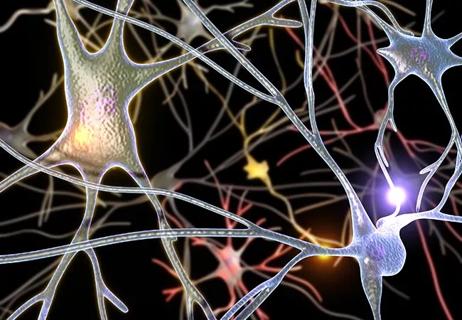
New phase 1 trial showcases Neurological Institute’s interdisciplinary study capabilities

Chronic stress, asymptomatic disease affect different brains differently
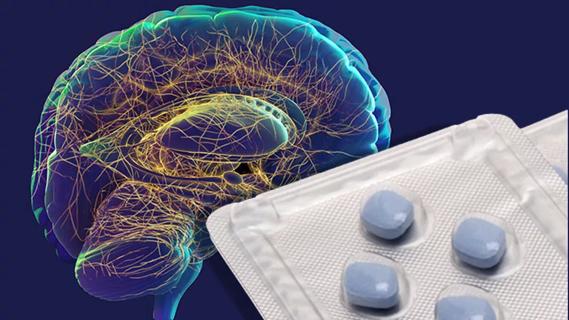
Real-world claims data and tissue culture studies set the stage for randomized clinical testing
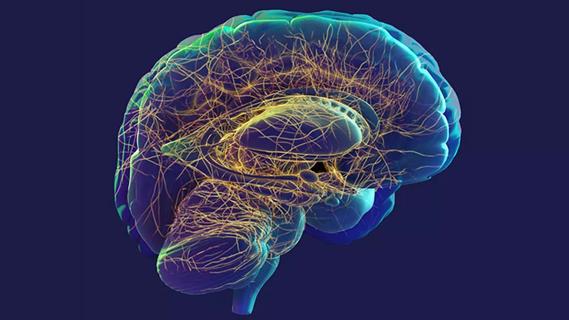
New grant-funded investigation illustrates impact and reach of Cleveland Clinic Brain Study

How the new longitudinal investigation could become the Framingham Heart Study of brain health